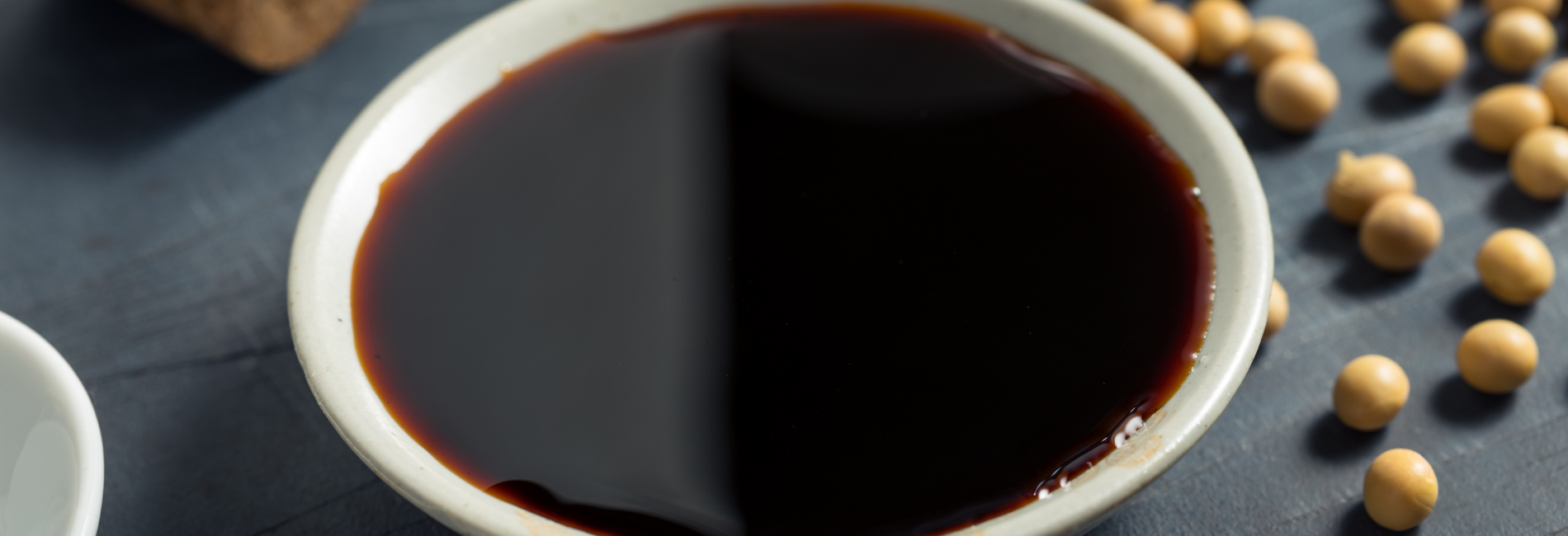Tamari has earned its spot in clean kitchens across the world — offering that rich, savory flavor we love from soy sauce, but without the wheat. It’s especially popular among those following gluten-free, low-sodium, or plant-based lifestyles.
But whether you’ve run out of your favorite bottle or need a tamari substitute due to allergies or dietary preferences, there are several worthy alternatives that keep your meals flavorful and your wellness goals intact.
We’re sharing the top tamari substitutes — including gluten-free, soy-free, low-sodium, and even DIY options — so you can season confidently, no matter what’s on the menu.
What Is Tamari and Why Do People Love It?
Tamari is a Japanese-style soy sauce made during the fermentation of miso paste. Unlike regular soy sauce, tamari is typically gluten-free, with a deeper, smoother flavor and less salt. It’s a go-to for stir-fries, dressings, dipping sauces, marinades, and more — especially in clean-eating, allergen-friendly kitchens.
But it’s not suitable for everyone. Whether you’re avoiding soy, watching sodium, or just want a new pantry option, these tamari substitutes deliver flavor without compromise.
Top 5 Tamari Substitutes for Every Dietary Need
1. Coconut Aminos — Best for Soy-Free, Gluten-Free Diets
A longtime favorite in Paleo and Whole30 circles, coconut aminos are made from fermented coconut sap and sea salt. It’s naturally soy-free, gluten-free, and lower in sodium than both tamari and traditional soy sauce.
Why It Works:
-
Gluten- and soy-free
-
Naturally lower in sodium
-
Subtle sweetness with umami depth
-
Clean ingredient profile
How to Use It:
Use coconut aminos in a 1:1 ratio as a tamari substitute in stir-fries, sauces, or as a table condiment. For saltier dishes, you can add a pinch of sea salt or miso for more depth.
2. Liquid Aminos — Tamari’s Closest Flavor Match
Liquid aminos, such as Bragg’s or other soy-based brands, offer a flavor profile very close to tamari. They're made from fermented soybeans, but some varieties are gluten-free (check the label!).
Why It Works:
-
Similar umami intensity
-
Gluten-free (in many brands)
-
Vegan-friendly
-
Great for savory recipes
How to Use It:
Use 1:1 in place of tamari. It’s perfect for dressings, soups, and even dipping sauces. Just monitor sodium levels, as some brands can be saltier than tamari.
3. Bragg Liquid Aminos — A Vegan Pantry Staple
Bragg’s version of liquid aminos is a go-to for many health-conscious cooks. Made from non-GMO soybeans and water, it's a vegan, gluten-free source of umami that’s free from preservatives and MSG.
Why It Works:
-
Plant-based and allergen-conscious
-
Familiar flavor profile
-
Made without added sodium (sodium occurs naturally)
How to Use It:
A direct 1:1 swap in stir-fries, marinades, or anywhere you’d typically use tamari. Its slightly lighter taste makes it ideal for soups and salad dressings.
4. Mushroom Broth + Coconut Aminos — A Clean DIY Blend
If you're soy-free and watching sodium, this DIY tamari substitute hits the mark. Combining umami-rich mushroom broth with coconut aminos and a dash of sea salt gives you a flavorful, allergy-friendly solution.
Why It Works:
-
Naturally soy-free and gluten-free
-
Mushroom broth offers earthy umami
-
Customizable salt level
-
Budget-friendly
How to Use It:
Simmer 1 cup mushroom broth with 2 tbsp coconut aminos and a pinch of sea salt. Reduce slightly for a more concentrated flavor, then use in recipes where tamari is called for.
5. Miso Paste + Warm Water — A Savory, Fermented Option
Miso paste, made from fermented soybeans (or chickpeas for soy-free versions), can be mixed with water to mimic tamari’s complex flavor.
Why It Works:
-
Fermented for gut health
-
Deep umami flavor
-
Easily adjustable consistency
-
Adds beneficial probiotics (if unpasteurized)
How to Use It:
Dissolve 1 tbsp miso paste in ¼ cup warm water. Add more water for lighter recipes or reduce for sauces and glazes. Look for chickpea or brown rice miso for soy-free or milder options.
Tamari Substitute Comparison Chart
|
Substitute |
Flavor Profile |
Gluten-Free |
Soy-Free |
Sodium Level |
Best Use |
|
Coconut Aminos |
Sweet + savory |
Yes |
Yes |
Low |
Stir-fries, marinades |
|
Liquid Aminos |
Bold umami, salty |
Yes (check label) |
No |
Moderate |
Sauces, soups, marinades |
|
Bragg Liquid Aminos |
Mild umami |
Yes |
No |
Moderate |
Soups, salads, dips |
|
Mushroom DIY Blend |
Earthy, clean |
Yes |
Yes |
Low |
Soups, stews, glazes |
|
Miso + Water |
Salty, fermented |
Yes |
No (unless using soy-free miso) |
High |
Stir-fries, sauces, dressings |
Choosing the Best Tamari Substitute for You
When selecting a tamari alternative, keep the following in mind:
-
Gluten-Free Needs: Stick with coconut aminos or miso made with rice or chickpeas.
-
Soy-Free Needs: Coconut aminos and mushroom broth blends are your safest choices.
-
Lower Sodium: Coconut aminos and DIY blends offer the most control.
-
Deeper Flavor: Liquid aminos and miso provide bolder umami when you need it.
Remember, your taste preferences and dietary needs are unique — and with a few pantry staples, you can recreate the depth of tamari in nearly any dish.
Finding the Right Tamari Substitute for Your Kitchen
The next time you’re out of tamari — or simply looking for a cleaner, allergen-friendly swap — you’ve got options. From coconut aminos and liquid aminos to savory mushroom-based blends, these tamari substitute choices allow you to honor your health without sacrificing flavor.
Whether you're following a gluten-free lifestyle, managing a soy allergy, or simply exploring more whole-food alternatives, there’s a tamari replacement that fits your needs beautifully.
Clean eating is about flexibility, creativity, and intention. With the right swaps, your meals can stay deeply flavorful and fully aligned with your body’s needs.



